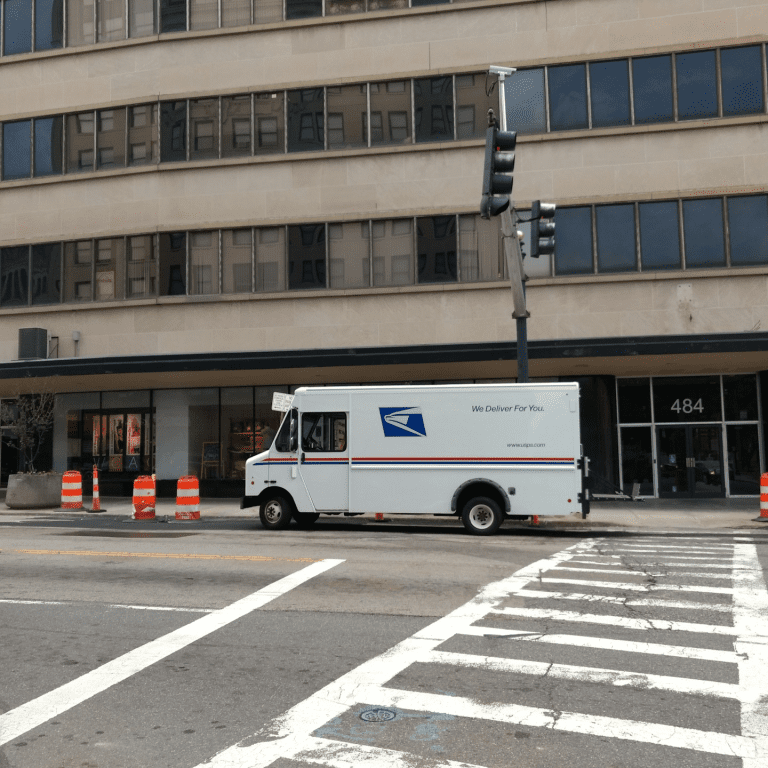Key Takeaways
-
Not all USPS retirees and their family members automatically qualify for PSHB coverage in 2025, and certain conditions must be met to maintain eligibility.
-
Understanding Medicare Part B requirements and family member qualifications is crucial to avoid unexpected loss of benefits or gaps in coverage.
What PSHB Means for USPS Retirees in 2025
As of January 1, 2025, the Postal Service Health Benefits (PSHB) Program officially replaces the Federal Employees Health Benefits (FEHB) Program for all United States Postal Service (USPS) employees, annuitants, and their eligible family members. If you’re a USPS retiree or approaching retirement, understanding how PSHB eligibility works is critical for maintaining uninterrupted healthcare coverage.
The shift to PSHB changes how your benefits are structured, especially if you or a family member are eligible for Medicare. The Office of Personnel Management (OPM) now oversees the PSHB Program, which introduces new coordination rules with Medicare, eligibility conditions, and enrollment deadlines.
Who Is Automatically Eligible for PSHB?
In general, you are eligible for PSHB coverage if you meet the following criteria:
-
You are a USPS employee or annuitant.
-
You are already enrolled in or eligible for the FEHB Program as of December 31, 2024.
-
You meet the definition of a covered family member under PSHB rules.
If you are a retiree, you remain eligible for PSHB as long as you were eligible for FEHB when you retired. However, your continued access to PSHB may require certain actions, especially if you or your covered dependents become Medicare-eligible.
Medicare Part B and Its Role in PSHB Eligibility
A key difference with PSHB in 2025 is its integration with Medicare Part B. You may be required to enroll in Medicare Part B to keep your PSHB plan. The mandate applies to certain annuitants and covered family members.
Who Must Enroll in Medicare Part B?
You must enroll in Medicare Part B to maintain PSHB eligibility if:
-
You are a USPS annuitant or eligible family member who is entitled to Medicare Part A.
-
You turn 65 on or after January 1, 2025.
-
You do not fall under an exemption category.
Who Is Exempt from Mandatory Medicare Part B Enrollment?
You may be exempt if:
-
You retired on or before January 1, 2025.
-
You are an employee who was 64 years or older as of January 1, 2025.
-
You live overseas.
-
You qualify for health coverage through the Department of Veterans Affairs (VA) or Indian Health Services.
If you meet any of the exemption criteria, you are not required to enroll in Part B, but you may still choose to enroll for additional coverage coordination benefits.
Family Member Eligibility: Who’s Actually Covered?
The PSHB Program mirrors FEHB in defining eligible family members, but it’s still important to double-check whether your dependents qualify. Covered family members include:
-
Your current spouse
-
Children under age 26, including:
-
Biological children
-
Adopted children
-
Stepchildren
-
Foster children (under certain conditions)
-
-
Children over age 26 who are incapable of self-support due to a mental or physical disability that began before age 26
Grandchildren, parents, and siblings are not considered eligible family members under PSHB unless they qualify under a specific legal relationship such as court-ordered guardianship.
What Happens if You Don’t Enroll in Medicare Part B?
If you are required to enroll in Medicare Part B but fail to do so, you will lose eligibility for PSHB coverage. That means you won’t have any health benefits through the PSHB Program. This could happen if:
-
You miss the Medicare Special Enrollment Period (SEP) designated for USPS annuitants (which ran from April to September 2024).
-
You decline Part B and are not exempt.
-
You opt out of Medicare later after already being enrolled.
The result is a total loss of PSHB coverage for both medical services and prescription drugs. This rule applies not just to retirees, but also to any covered family members who become eligible for Medicare.
Prescription Drug Coverage Under PSHB
For Medicare-eligible enrollees, prescription drug coverage is now integrated into PSHB through a Medicare Part D Employer Group Waiver Plan (EGWP). This comes with additional benefits:
-
An annual out-of-pocket maximum of $2,000 for prescription drugs
-
A $35 monthly cap on insulin
-
Access to an expanded pharmacy network
If you opt out of this integrated Part D coverage, you also lose prescription drug benefits under PSHB. Re-enrollment may be limited depending on plan policies and timeframes.
Understanding Open Season and Enrollment Deadlines
Even if you are eligible for PSHB, you must actively review or update your plan during Open Season to ensure you have the coverage you want. The 2024 Open Season ran from mid-November to mid-December. Future Open Seasons will follow a similar timeline each year.
If you didn’t make a selection during the Open Season, you were auto-enrolled in a corresponding PSHB plan similar to your FEHB coverage. But auto-enrollment does not override Medicare Part B requirements.
If you qualify under a Special Enrollment Period, such as due to turning 65 or losing other health coverage, you must enroll during that SEP to avoid a lapse in benefits.
Other Benefits Not Affected by PSHB
While PSHB replaces FEHB, it does not affect other federal or USPS benefit programs. You will retain access to:
-
Federal Employees Dental and Vision Insurance Program (FEDVIP)
-
Federal Employees’ Group Life Insurance (FEGLI)
-
Flexible Spending Accounts (FSAFEDS), if eligible
-
Federal Long Term Care Insurance Program (FLTCIP), for existing policyholders
These programs are administered separately and do not follow the same Medicare coordination rules as PSHB.
How to Confirm or Update Eligibility
To avoid disruptions in your healthcare coverage, take the following steps:
-
Check your Medicare status: If you or a family member are nearing age 65, verify eligibility for Parts A and B.
-
Enroll on time: Make sure you enroll in Medicare Part B if required, especially if you were not retired before January 1, 2025.
-
Review plan details during Open Season: Compare PSHB plans to choose one that meets your needs.
-
Use the right portals:
-
Retirees: KeepingPosted.org
-
Employees: LiteBlue
-
-
Contact OPM or a licensed agent for plan-specific questions or help with coordination.
Final Thoughts on Eligibility and Taking the Right Steps
As a USPS retiree or soon-to-be retiree, don’t assume your health coverage is guaranteed under PSHB without some action on your part. From understanding Medicare Part B rules to confirming family eligibility, a little preparation now will prevent major issues later.
Be sure to plan ahead—especially if you’re turning 65 soon—and take full advantage of the coordination between PSHB and Medicare when eligible. If you have questions or need personalized help, contact a licensed agent listed on this website for professional advice and assistance.










